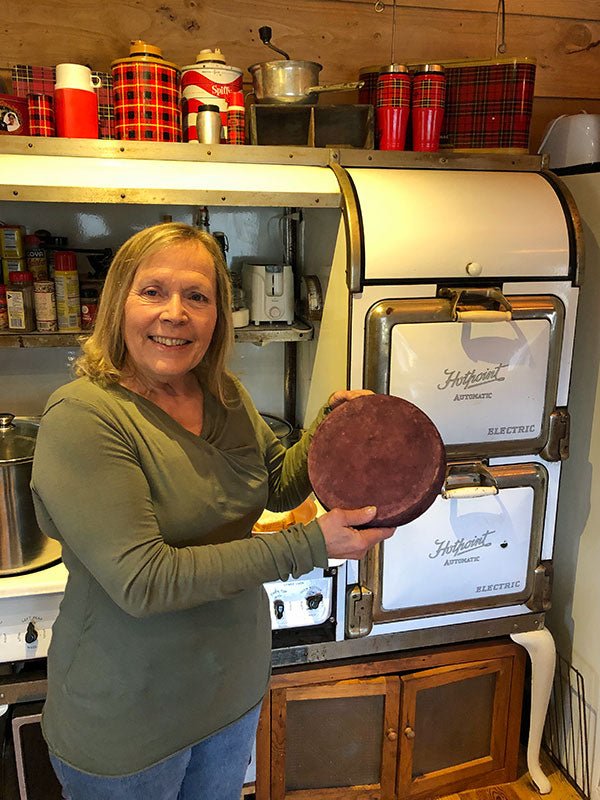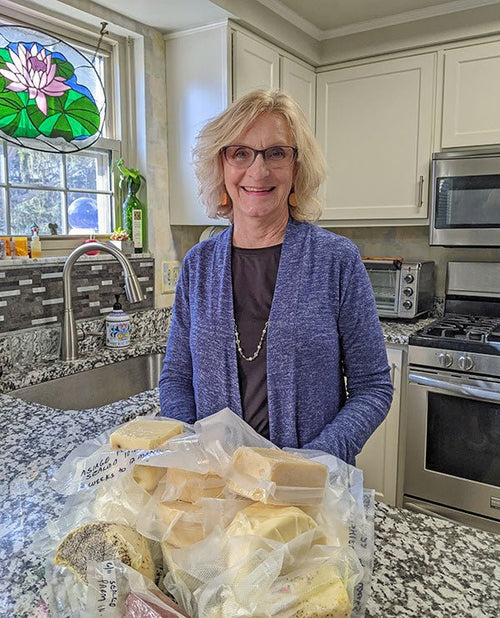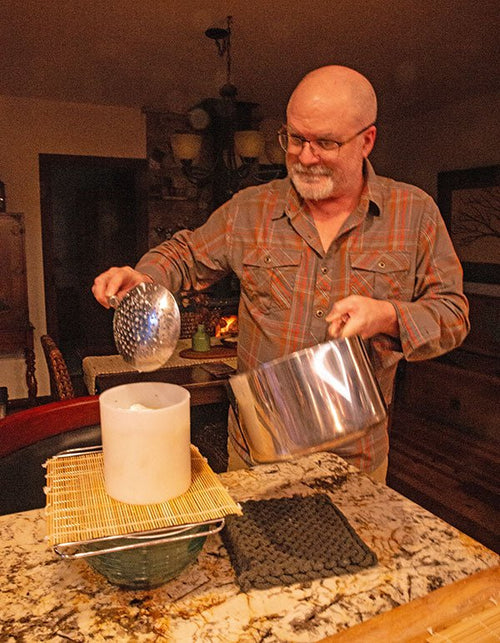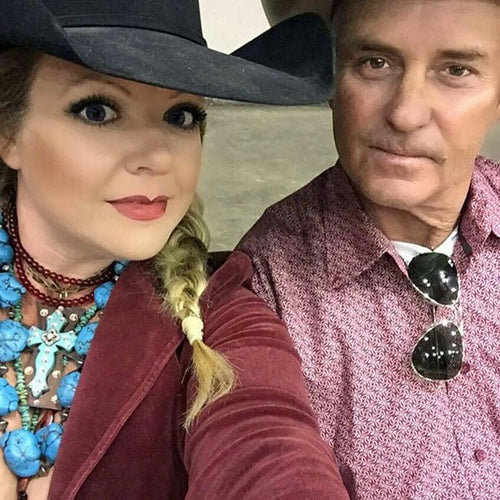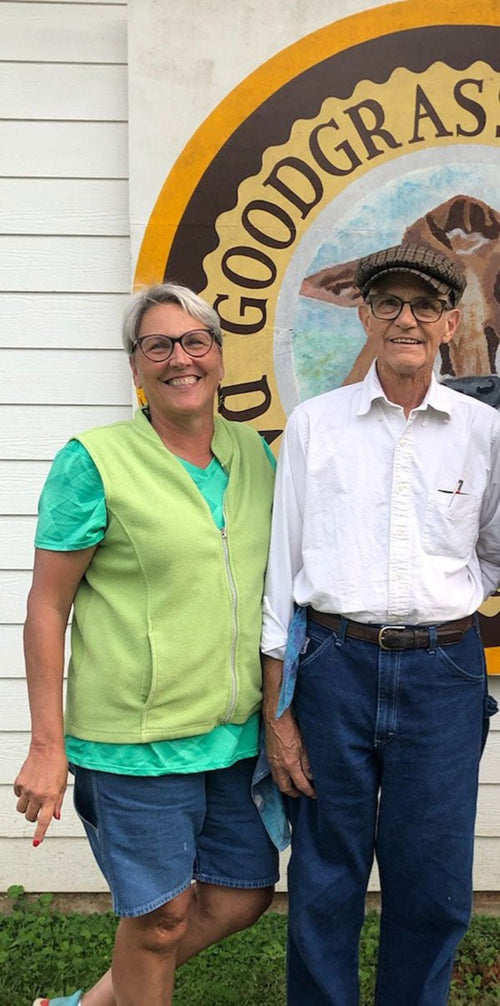
Many of you have given us blog interviews in the last 10 years (since we started this blog) and many of you will be interviewed in the future (when we hear from you). We reached out to a few of our interviewees (randomly) to ask if they would share their experiences during this pandemic. We thought it would be best to ask folks we have already interviewed so we could link to their interviews and you could see more about who they are. The response has been overwhelming!
The first article includes responses from around the world – (click here)
The second article includes responses from 4 cheesemakers within the US – (click here)
The third article returns to the international arena with responses from 5 cheesemakers – (click here)
We have only contacted a few cheesemakers at this point – we went through and randomly picked out a small sample. If you are reading this and you would like to share a paragraph or two about your experience as a cheese maker during this pandemic, please send it to jeri@cheesemaking.com. We will post everyone’s story in a continuing series. If you haven’t been interviewed by us in the past, please let us know and we will get started with it right away. It simply involves answering some questions and sending us some pics.
Here are a few more from within the US:

Julie Ott in Maine
Julie Ott’s Goat Milk Yogurt (2018), Julie Ott’s Goat Milk Colby/Cheddar (2017), Goat’s Milk Colby by Julie Ott (2017)

Bringing my son to the hospital for a cut.
I just happen to be in a state that hasn’t been touched too much by this pandemic. As of now, Maine has a little over 700 cases (with nearly 300 of those recovered).
We are on a statewide shutdown, which was pushed this week from early May until the 15th. Only essential businesses are open, and we may only leave to get essential items, or to go on our one allowed walks a day. I work at a catering company, where we do events and weddings on site; we were not an essential business, and will be closed until late May or June.
I have found it extremely difficult to find feed for my small herd of goats, and have had to use what is available instead of my usual dairy goat mix. The goats don’t seem to mind, but I know it has less nutrition than they require, especially the milkers. Finding feed for our chickens, pigs, and rabbits was just as stressful, but we managed. Being mid-Spring here in Maine helps a lot, because feed costs will drop as forage grows better.
Fortunately, we live on a family farm and aren’t impacted by the food shortages happening at the supermarkets (in our local stores, for instance, dairy, eggs, and meats are sold out.) I have no idea how others are getting by without them.
I have made a few cheeses this year, which include Colby and Colby Jack. My oldest is a big cheese eater, so I make large wheels. We recently opened an American Brick I had ageing, and it was delightful for grilled cheese. The pandemic has not impacted my cheesemaking at all.
Wishing the best to everyone as we stay home together!
![]()
Caroline Abbott in Michigan
Mystery Holes in Her Cheese, 2011, Caroline Abbott Revisited, 2011

I have 5 college students studying at home here (Abbott Farms University) – 4 of my own and one of their friends who wanted to experience life on a farm.
My fifth goat had her babies on March 30th, with twins. Everyone is healthy and happy. It has been my easiest kidding season ever. We had a total of 13 babies!
Most of the extra milk was being fed to babies, but as they got onto bottles and the mothers got up to full production, we were getting five gallons of milk a day. Since I have six people at home full time now, we are eating a lot of cheese and drinking about a gallon and a half of milk a day.
Most of the babies are weaned now, so I have started making cheese just this week for the first time since the goats kidded. I have so many new herd share customers I don’t feel the pressure to make cheese every day, which is nice.
I cannot teach people how to make cheese because of restrictions, but I can share advice and I have also shared cultures and directions for making cheese and yogurt with my herd share customers.
So, overall, life on the farm has not changed much. It is nice to have five extra sets of hands to help out in the busy season here on the farm. Since we grow most of what we use, we have not felt pressed for food or supplies.
My college students likely will not be able to get summer jobs, so they will be available all summer long to help me out on the farm, which is another bonus for me! The friend will eventually journey to her home in New York, but will take home an appreciation for fresh farm cooking which she is going to try to put into practice at home.
![]()
Joe Heyen in Colorado
Joe Heyen and His Camembert (2012), Fig Cake For a Cheese Basket (2013)
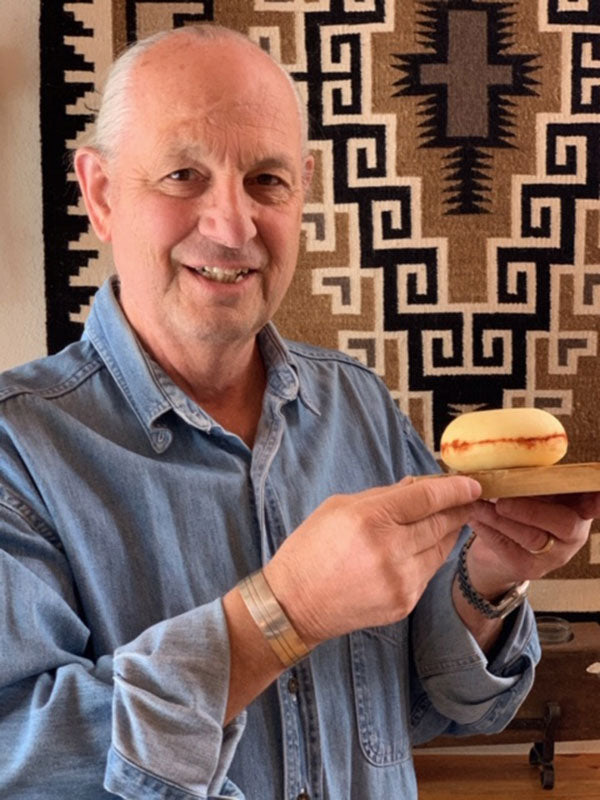
My name is Joe Heyen and I live in Estes Park, Colorado, USA, the Gateway to Rocky Mountain National Park. Since mid-March, RMNP and our town have been in shut down mode.
Tourists have been discouraged from visiting the mountains at this time. Most of us wear face masks in public areas. Limited numbers are allowed in grocery stores. All nonessential shops are closed. Many restaurants, that remain open, are take-out only. As an artisan cheese maker it has been necessary to make a few adjustments!
Kate Johnson of The Art of Cheese in Longmont, took the creative initiative to design and offer a 7 Day Cheese Challenge via Zoom classes. Awesome! Each class had about 28-30 students from Texas, South Carolina, Florida, well … most everywhere. My problem was getting the milk needed for class here in Estes Park.
We are a two grocery store town and they kept running out of milk and purchase amounts were limited. I ended up having to half and quarter cheese recipes. The last class was Guido’s Italian hard cheese (pictured above), which I think originated from New England Cheese Makers themselves!
You can tell from the picture that I have gained some confidence with Guido’s as I added a layer and coating of smoked pimenton before waxing. This cheese should be ready around mid-June.
A new cheese student at the Zoom classes needed equipment and cultures. Laura is a local friend and before making the financial commitment to cheese molds, cultures and a press, I offered to loan her mine.
I made sure all of the equipment was double sanitized. We met on a roadside and keeping pretty much our 6 feet distance I passed the cultures and equipment to her. Laura posted her first cheeses on Facebook and I believe I may be learning from her one day.
I’m so very glad to be a part of this ever growing community of home cheese makers.
![]()
Meibao Nee
Meibao Nee in California (2017)

In Mariposa County, we are blessed to not have any cases of coronavirus. It’s one of the rare counties in CA to be virus free. Still, people are following the government mandates, wearing masks and sheltering in place.
We only have 1700 people in the town and most of us are somewhat self-reliant, growing gardens, raising farm animals. The country kids are having a great time running barefoot on the land, caring for their farm pets, bottle feeding kids, getting new baby rabbits.
The goats keep producing milk. I share milk, cheese, kefir with neighbors. And still have enough to make my bloomy rind goat cheese. A lot of the cheese gets eaten by me and people who come visit…a rare treat as I never can afford to treat myself to my own cheese as most of it goes to Los Angeles, Carmel, and Marin County where I have family.
The cows gave birth to two calves this winter. I’m up to 11 heads of cattle. We will butcher a steer next month.
I know this is a hard time for many many people and my heart goes out to them. However, if we can see what happens when human just STOP, there is joy in knowing that we’ve given Mother Earth a rest, we’ve cleaned the air, cleared the waters, made the world quieter.
We have been given the chance to see what happens when we step out of the way and allow Nature to express Herself. Everywhere online, I see pictures of Before pandemic and After pandemic photos of cities, waterways, national parks. Coyotes coming out in San Francisco…it makes me cry to know how we have repressed other forms of life on this Earth.
This is the silver lining of this pandemic experience. We don’t have to spend two hours stuck in traffic; we can work at home, grow a garden, raise a few chickens. Office buildings may become obsolete, people can develop new relationships with the outdoors, with neighbors, children, each other.
![]()
Bob Albers in Louisiana
Bob Albers in Mandeville, Louisiana (2016), (Bob has written too many articles since then to list here but they are all linked at his latest article – Follow Up – Fete des Fromages, 2019)

Just before the world turned upside down, we celebrated Mardi Gras. It was a lovely time to spend with friends & family. In late February, we were hearing about a great sickness in Europe & Asia but were unaware of any cases in the U. S..
Well, it was Carnival time in New Orleans and along the Gulf Coast from Galveston to Pensacola and it brings visitors from all over the world. Probably a few of them may have been unknowingly infected bringing the problem here as well as passing their infection on to other visitors who then brought it back home. With 20/20 hindsight, many have suggested that Mardi Gras should have been cancelled.
Considering that the Carnival season begins on January 6th each year and extends through Mardi Gras Day (February 25th this year) with multiple parades each day of the two weeks preceding the big day all along the Gulf Coast, it would be a logistical nightmare to cancel all the events in about 100 cities and towns. Though not well known, Carnival is the biggest celebration of any kind in the country. It is bigger than the Rose Bowl, Macy’s Thanksgiving, New York and Chicago’s St. Patrick’s Day events all put together.
Since that time, I’ve been pretty much staying at home as the “pandemic” began taking its toll in the city. Fortunately, I live in the town of Mandeville which is about 30 miles north of New Orleans. My wife, Merle, has been keeping me in prison at the house but on Tuesday, the 14th, I staged a prison break and went to the grocery after determining when the Kleinpeter Dairy milk would be delivered. That night I began making a Brick cheese.
I am using a combination of Jim Wallace’s recipe and Gavin Webber’s. My next cheese will be another batch of Creole Cream cheese (favorite breakfast) as the second harvest of strawberries is in now.
































